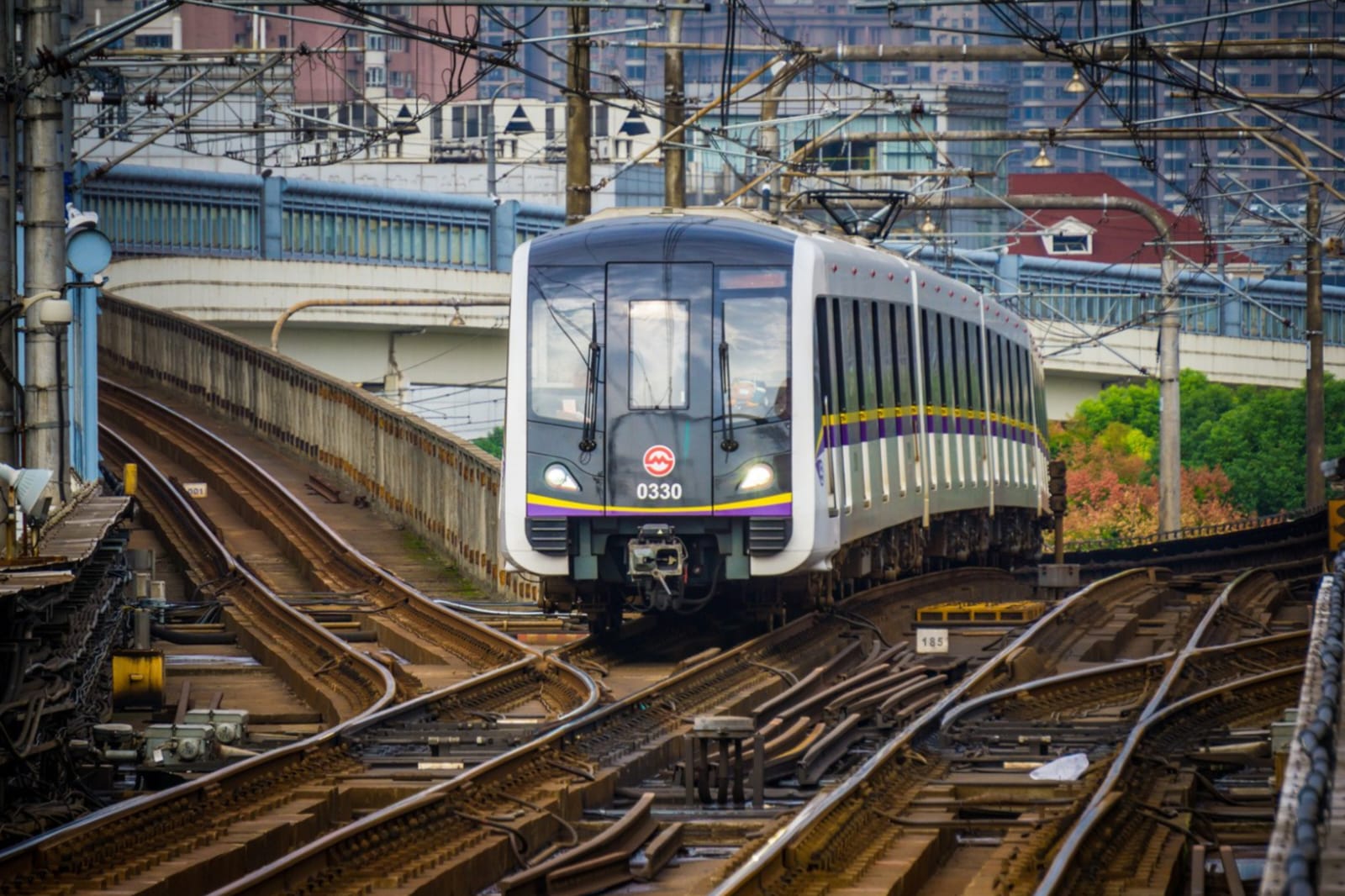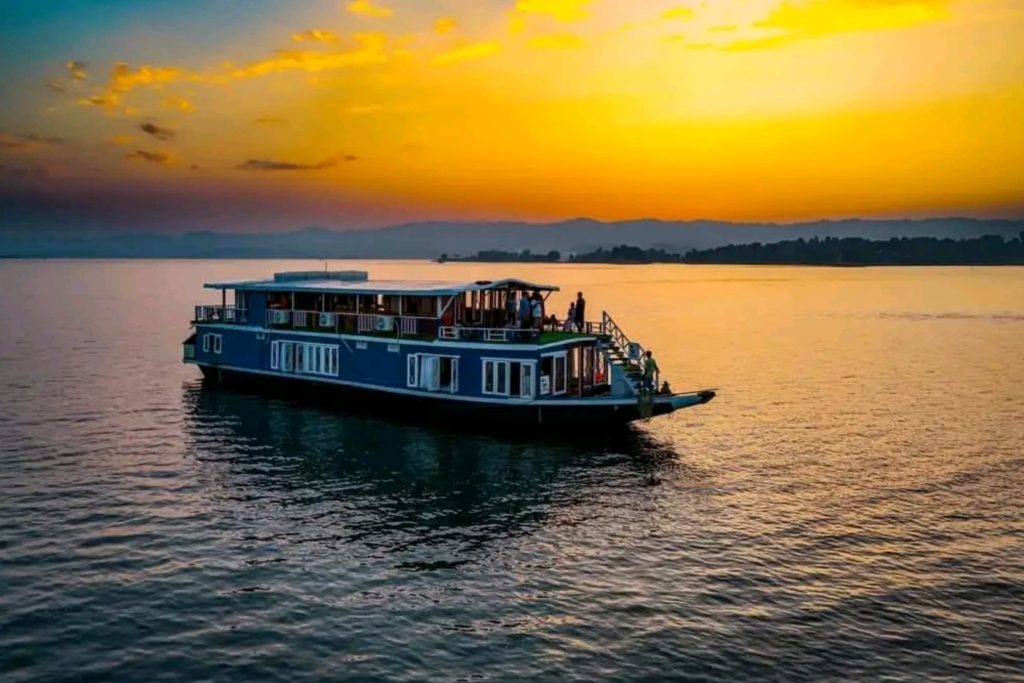Urban rail systems have transformed urban mobility offering millions of commuters speedy, efficient and clean public transport every day. Population growth and urban complexity in cities worldwide makes the construction of metro systems increasingly important for minimizing congestion and reducing pollution. Competition among nations around the world has resulted in truly enormous and technologically advanced metro systems being developed.
China remains at the top with its extensive and sophisticated networks. Be it the historic tunnels of London or the sleek platforms of Seoul, a tube network reflects each city’s particular needs, culture and innovation. Here are the listed below the 10 largest metro networks globally by total route length, as a measure of their size, reach and importance to the everyday life of cities.
Top 10 Metro systems in the World
| মর্যাদাক্রম | City | দেশ | Total Length (km) | Number of Stations |
| 1 | Shanghai | চীন | 831 km | 508 |
| 2 | Beijing | চীন | 806 km | 490 |
| 3 | Guangzhou | চীন | 676 km | 313 |
| 4 | Shenzhen | চীন | 555 km | 282 |
| 5 | Moscow | Russia | 436 km | 250+ |
| 6 | London | যুক্তরাজ্য | 402 km | 272 |
| 7 | New York City | মার্কিন যুক্তরাষ্ট্র | 399 km | 472 |
| 8 | Delhi | ভারত | 393 km | 288+ |
| 9 | Seoul | South Korea | 331 km | 340+ |
| 10 | Paris (Métro + RER) | ফ্রান্স | 384 km (approx) | 300+ |
Shanghai Metro
The world’s largest metro is Shanghai Metro covering 831 km with 508 stations. It is an urban mobility backbone for Shanghai, linking 14 of its 16 municipal districts and reaching into neighboring Jiangsu Province. The network is highly efficient and well integrated with suburban transit networks.
Shanghai has the world’s largest #subway network of 673 kilometers and 395 stations on 17 different lines. On May 28, the Shanghai Metro celebrates its 25 birthday. #infrastructure pic.twitter.com/nGXNUHXW7E
— China Daily (@ChinaDaily) May 28, 2018
Beijing Metro
Beijing Subway spanning 806 km and 490 stations is among the world’s fastest-growing metro systems. It links major railway terminals and airports making it easy to travel around the capital.
Beijing's railway network has seen major upgrades with the recent redevelopment of Xinghuo, Fengtai, and Qinghe stations. Xinghuo was renamed Beijing Chaoyang Station in 2021, offering travelers a modern and inviting space. Fengtai, launched in 2022, covers approximately 400,000… pic.twitter.com/JK90v9DVVi
— Discover Beijing (@BeijingDiscover) April 9, 2025
Guangzhou Metro
Guangzhou Metro, covering a network length of 676 km and having 313 stations, combines intercity transport with urban rail in an efficient manner. It is a vital component of the transit system of the Pearl River Delta.
China’s fastest subway train was officially delivered in Guangzhou, S China’s Guangdong, on Fri. With a traveling speed of 160 km/h, it is also the fastest metro in the Greater Bay Area, featuring intelligent operation and maintenance system based on big data and cloud computing. pic.twitter.com/gHWWnqdLzT
— People's Daily, China (@PDChina) September 26, 2020
Shenzhen Metro
Since the opening in 2004, Shenzhen Metro has expanded quickly to 555 km and 282 stations. It is a model for quick urban transit growth in China’s technology center.
Moscow Metro
Moscow Metro, which stretches 436 km with more than 250 stations, is famous for its palace-like, grand station architecture. It is one of the most occupied metros in Europe.
London Underground
The London Underground is also known as The tube is the oldest metro in the world, opened in 1863. It stretches 402 km with 272 stations and is an integral part of London’s public transport.
New York City Metro
With 399 km of route and 472 stations, the NYC Subway has the most number of stations in the world.
Delhi Metro
India’s biggest metro network, Delhi Metro stretches 393 km with more than 288 stations. It has greatly enhanced urban mobility in the National Capital Region.
Seoul Metro
Seoul Metro spans 331 km with more than 340 stations with its highly connected network and integration of advanced technology, a model for urban transportation systems
Paris Metro + RER
Paris Metro, along with the RER suburban lines, provides roughly 384 km of network with more than 300 stations, covering Paris and its suburbs in a thorough manner.
আরও পড়ুন: Top 7 Scenic Train Routes in Bangladesh You Must Experience







